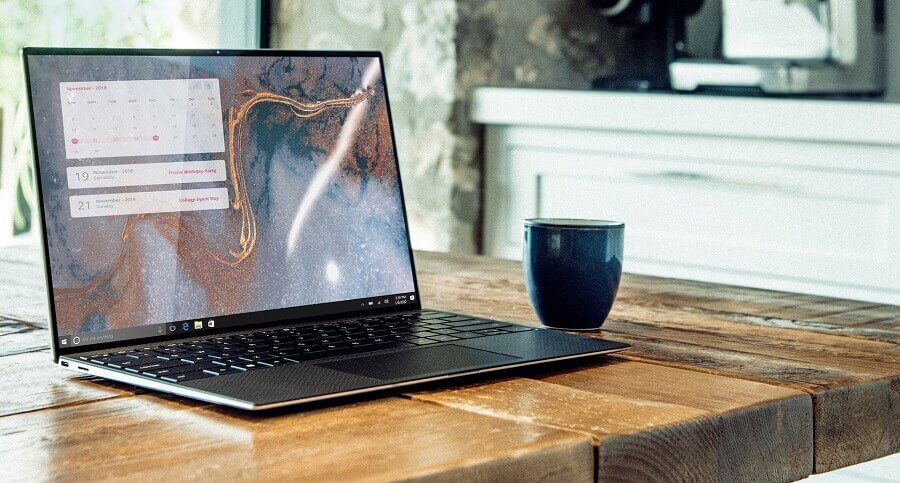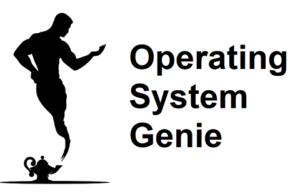As new software, and operating systems are released, they try to strike a balance between improved performance, but making it accessible to the most people. Windows 11 has recently come out. And in this article, I will explain if Windows 11 uses more resources than Windows 10.
Overall, Windows 11 uses more resources than Windows 11. Windows 11 uses about 3% less of the CPU (processor). But, it utilizes the same amount of RAM and the memory of the graphics card (GPU). So, there is a very minimal difference in the amount of resources Windows 11 uses compared to Windows 10.
To arrive at this conclusion I compiled data from what most people have found regarding how much of the RAM, CPU, and graphics card Windows 11 uses compared to Windows 10. As well as, head to head speed tests. Below, I will cover:
- If Windows 11 is slower than Windows 10
- If Windows 11 require more resources than Windows 10
- If Windows 11 Require More Memory Than Windows 10
Let’s get into it!
Is Windows 11 Slower Than Windows 10

There have been a few independent tests that have compared Windows 10 to Windows 11, on the same computer. These tested almost everything you would do on a computer. Such as, opening a program, installing a program, starting up, and shutting down.
It was found that on average Windows 11 is 2% faster than Windows 10. But, interestingly, it varies based on the specific task. For example, some tasks are slower on Windows 11, but faster on Windows 10.
Whereas, others are faster on Windows 11, but faster on Windows 10. Below is a table that shows the results:
| Test | Windows 10 | Windows 11 |
| Start up | 11.01 seconds | 12.07 seconds |
| Start up test 2 | 19 seconds | 21 seconds |
| Exporting an mp3 file | 4.25 seconds | 4.00 seconds |
| Opening an application | 1.01 seconds | 1.03 seconds |
| Shutting down | 6.21 seconds | 13.11 seconds |
| Opening File explorer | 0.17 seconds | 0.19 seconds |
| Opening Google Chrome | 1.06 seconds | 1.00 seconds |
| Opening Youtube.com | 3.05 seconds | 3.05 seconds |
| Opening Youtube.com 2 | 5.02 seconds | 5.0 seconds |
| Opening discord desktop | 7.29 seconds | 8.02 seconds |
| Opening Adobe Premiere Pro | 19.28 seconds | 9.06 seconds |
| Exporting a video | 19.05 seconds | 19.01 seconds |
| Exporting a video 2 | 15.18 seconds | 16.01 seconds |
| Copying a large folder of files | 1 minute 2.03 seconds | 1 minute 22.18 seconds |
| Copying a large folder of files 2 | 2 minutes 15 seconds | 2 minutes 5 seconds |
I totalled the time for all tasks and the end result is that Windows 11 is 2% faster than Windows 10.
There are a few other factors of note for how an operating system performs. These are the total space they take up, and the battery life they use.
In my research I found that Windows 10 and Windows 11 are exactly the same in this regard. And take up the same amount of hard drive space, and use the same amount of the battery.
Does Windows 11 Require More Resources Than Windows 10
There are minimum system requirements for operating systems that ensure it will run OK. But, generally, using an operating system on a computer with the minimum system requirements will be a bit slower. With that said, here is whether Windows 11 requires more resources than Windows 10.
Overall, Windows 11 doesn’t require more resources than Windows 10. Windows 11 utilizes about 5% less of a computer’s RAM compared to Windows 10. But, the same amount of the CPU, and the graphics card. The difference in how much RAM Windows 11 uses does not affect performance.
On the official Microsoft website they state the minimum system requirements for Windows 10, and Windows 11. Looking at them side by side, they have the exact same minimum system requirements.
Through testing, it has been found that Windows 11 and Windows 10 are about as fast as each other. So, if your computer currently runs Windows 10 well, it will run Windows 11 the same.
Does Windows 11 Require More Memory Than Windows 10
Random access memory (RAM), or memory, for short, is an important specification on computers. Different operating systems have different amounts of memory they require and use. Here is if Windows 11 requires more memory than Windows 10.
Windows 11 does not require more memory than Windows 10. Windows 11 and Windows 10 both utilize about 4GB to 8GB of memory (RAM). They also have the exact same minimum memory requirements. A PC running Windows 10 will perform the same if Windows 11 is installed.
It’s somewhat of a mystery why some computers utilize more of the RAM than others. Computer experts have stated that the RAM, and CPU on a computer operate independently of each other. And more RAM won’t make the CPU run faster. And a faster CPU won’t utilize more of the RAM.
In my opinion, it’s due to the number of background programs, as well as a setting called SysMain. SysMain preloads the RAM with data, so that when programs are opened they open faster.
How much the SysMain tool loads onto the RAM, goes up, the more RAM you have. For example, if you have 16GB of RAM, SysMain will load 8GB of data onto it permanently. Whereas, if you have 8GB of RAM total, it will only load 4GB of RAM onto it.
But, the exact amount it loads on to your RAM depends on how many programs you use. It’s possible to disable SysMain, which will free up more RAM.
SysMain is a feature in Windows that permanently keeps files on the RAM of a computer. It does this for programs that are used most frequently. It also saves more files onto the RAM, the more RAM you have.
I personally disabled it on my Windows 11 computer, and found it freed up 1GB or RAM, with no noticeable decrease in performance.
I explained this in more detail, if it’s OK to enable and disable it, and how to disable and enable it in the article linked to at the the bottom of this page about if it’s OK to disable SysMain, and how to do it.
